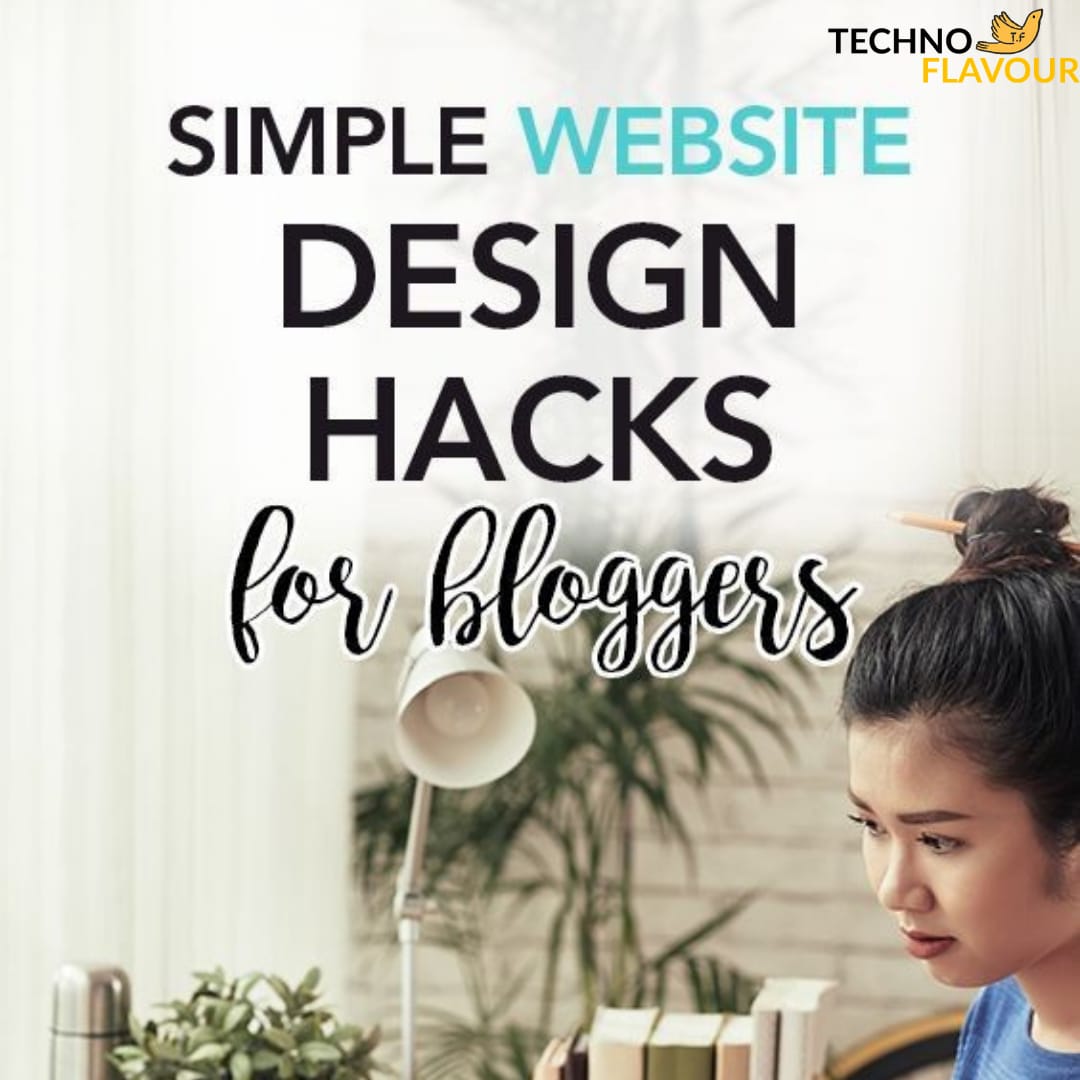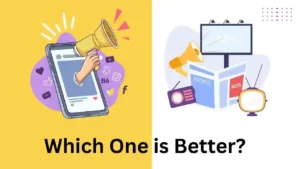Having a good blog design is an important part of the entire blogging experience. But we are all designers, visionaries, or highly knowledgeable about exactly what to do… don’t worry about it – these simple website layouts and design tips will give you a good idea of some actionable ideas to follow!
First of all, remember that whatever you are doing being a blog (or website), you are proud and happy. It is not always about following all the design tips for bloggers that you can or will find the most high-class solutions.
There is also a big difference whether you are planning to become a full-time blogger and can make a profit from what you have created or you are planning to make a blog just for fun. If this latest, honestly, do what feels best for you! But if you want to create a design and attract the right audience, then read on.
Let’s take a look at some design tips to keep bloggers in mind!
This blog post includes affiliate links.
First of all: Use of a secure hosting service
Before getting real design tips for bloggers, it is necessary to have a very reliable host service that does not lose your data and leaves you without your website in general…
I have chosen Hostinger because they have the best customer support that I have found online + WordPress where I can buy or use free themes for my blog.
Before making a final decision, when choosing a website hosting, be sure to know more about the things that you should keep in mind.
Website layout tips
TIP #1: Start with a good template
Whether your blog will be made on WordPress – you will have to choose a template.
For WordPress, it will be called a theme. For other sites, you can also find it under different titles like Style, Layout, etc.
Since the template is the very base of your website, it’s important to make a smart decision and consider all the pros and cons of each of the options.
But there are also some general things to consider – no matter which platform you choose:
- What are the most important things you want to showcase? Is it your portfolio? Your blog posts? Or your story?
- How many pages will you have?
- Is your content mostly visual or written? Some themes are adjusted for portfolios, photo galleries and have big, beautiful banners. It’s not necessary if you’re mostly writing. In that case, choose the opposite – templates with the focus on written text.
Check out all these features for each template you choose BEFORE you get your hands on it. But also, don’t stress it. Start with whatever feels right, you can always update later.
If you do want to take full control of your website’s design, make sure to check out how you can design your website with Elementor!
TIP #2: Create a structure
Creating a website’s structure is one of the most important design tips for bloggers.
Having a decent structure before getting started will save A LOT of your time. Therefore, make sure to spend a while creating a page structure that is easy to understand and follow for your own needs and others.
This will help you to understand what kind of design features your website will need.
What do I mean by the site’s structure?
It’s the pages you need, the menus you want to create, submenus, and any follow-up pages that might not be visible at first.
For example, I have Work With Me page in my Menu. I offer two services: website design and online course creation. From that page, you can access two more pages, for each specific service. None of them are directly on my Menu, they can be accessed only through Work With Me page.
Here are some things to consider:
- What will be on your homepage? Will it be a Recent Posts page or a specifically created Landing Page?
- Which pages will be in your main Menu? It’s usually one on top of the website. For this menu, I’d suggest choosing only the most important pages, without overwhelming your readers.
- What sub-pages will you add? It’s not always necessary but you can, for example, add Categories under Blog. For example, your big Menu Item would be Blog and when it’s scrolled on, it shows the categories like Home, Food, Clothing.
- Will you have any hidden pages? Something you have on your site but that can’t be directly accessed or that can be accessed with links from posts only.
- Which pages will be in your footer Menu? Usually, those can be some less popular pages that others still might need access to like Terms & Conditions, About, etc.
Although Menu items and website’s structure is not directly related to blog design, it still plays an important role in a well-working website.
TIP #3: Review the pros and cons of having a sidebar
The sidebar seems like a minor element but it can have a big impact. Both good and bad.
Many bloggers these days chose not to use a sidebar on their blogs for various reasons. One of them being the distraction of a reader.
I believe it truly depends on your personal preferences.
When I had a blog without the sidebar, it felt like I’m missing something. And although now my sidebar has just some basic info on it, I feel like it’s meant to be there.
But what to put on a sidebar?!
- Short intro to you and your blog
- Shortcut to the most interesting articles
- Your course or freebie ads
- List of useful resources
- Your e-mail signup!
When it comes to sidebars, it’s also important to keep in mind that most mobile users will never see them. Therefore, whatever you have on a sidebar, should be accessible otherwise as well.
Design tips for bloggers
To create a nice-looking design if you don’t have any kind of design experience is hard!
Therefore, my very first and the most important tip for you is to KEEP IT SIMPLE. Unless you have clear guidance for well-working design ideas (for example, good color or font combos that you know are bulletproof), don’t experiment with it too much.
At the end of the day, the best blog is the one that is easy to read.
ALSO READ:- HOW TO OPTIMIZE BLOG POST FOR SEO.
TIP #4: Keep your fonts readable
Fonts have always been an experiment. Even for professionals!
The trick here is to stay away from hard-to-read fonts that make your (and your reader) heads hurt.
The best way to find fonts that work the best is to research what others are doing and copy the blog you like the most.
I don’t mean copying the same style, look colors. Please don’t! But choose the site you like and add the feel of it to your fonts.
If you don’t know how to find relevant fonts, you can always do the following:
- CTRL + U – this will lead you to the Source of the page
- CTRL + F – search “font”
- And voila! You can see the exact font names used.
- If you want to stay away from copying the exact style, continue to Google and search “Fonts similar to…”
- Then check which one of these is available for your site!
Another thing – I’d always suggest staying away from script fonts for the website.
There are several reasons why so! First of all, when the internet is slow, such fonts won’t load. Sometimes, they can be replaced with other fonts. They are also not as responsive.
For the font size, keep it decent – don’t make the font too small, it might look lovely but as long as you’d like for others to read what you’re writing, MAKE IT READABLE.
TIP #5: Be mindful of the colors
What color to chose?! What’s the best choice?!
There are so many options… – most of them are great choices! The trick is simple: choose what works the best for you and your audience.
Your website colors should be in harmony with your style of writing and your personality.
I’m always all about simplicity. Black & white, some simple accents like yellow, green, red… Whatever rocks your boat!
Don’t make it too hard on people’s eyes and you’re good to go.
There is a whole psychology behind colors and if you want to be smart about it, you can look into it (it’s simple to find them by color explanations or color psychology).
Here are some samples:
- Dark blue is the symbol of status, money, wealth, brain. That’s why many (or just… all?!) finance-related sites use it. It leaves a high-quality impression.
- Green is associated with energy, growth, movement. Of course, it’s also related to all earthly things, eco questions. It’s perfect for sites that invite action.
- Red is the fierce, fire, power. It’s aggressive, therefore, be mindful when using it! While red is a great accent color, it shouldn’t be overused.
TIP #6: Create your graphics in a similar style
Keeping all your graphics brand-aligned and similar can go a long way when it comes to design tips for bloggers.
Choose a style that goes along with your preferred fonts and colors, make sure they are noticeable but don’t distract.
This is important for all parts of the website: your Pinterest graphics, sidebar ads, banners, any additional elements. It doesn’t matter, whether you use Canva, outsource the task or design them in professional programs.
Once you’ve chosen your style, keep it that way for any blog-related graphics. It doesn’t have to be boring or all the same but it should be similar, using similar elements that work well together.
Well-designed graphics is one of the most important parts of a successful blog design since they make your blog nice to look at and fun to come back to!
At the end of the day, no design tips for bloggers will help if you don’t like your site. Therefore, make sure to do what feels right for YOU.
Keep it elegant, simple, don’t overuse a variety of elements just because. And if it’s a blog, make sure it fills the main function and is easy to search, read and share!




